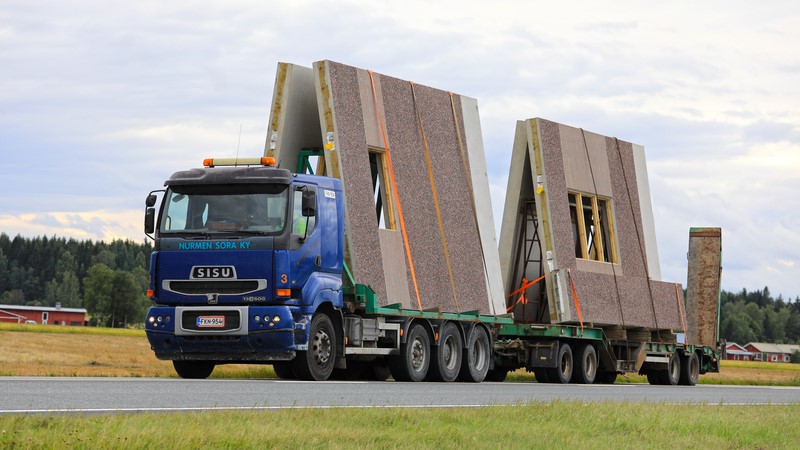
The shortage of HGV drivers remains the most critical issue for construction businesses across the board, as demand for construction products falls from its spring and summer peaks.
That’s according to the latest product availability statement from John Newcomb, CEO of the Builders Merchants Federation and Peter Caplehorn, CEO of the Construction Products Association, co-chairs of the Construction Leadership Council’s Product Availability working group.
Construction businesses warned that the HGV driver shortage meant a risk not only of late deliveries but also created problems with hiring, retention and wage inflation. It warned that the situation was unlikely to improve until the first quarter of 2022 at the earliest.
Meanwhile, the statement warned of issues with global shipping hampering deliveries of imported products, components and raw materials, particularly from Asia.
There were also warnings that high gas and electricity costs, which are impacting both UK and overseas ‘heavy-side’ manufacturers will soon lead to significant price increases for ceramic products, glass, steel and bricks. Cement supply is holding steady but the statement cautioned that prices are likely to increase over the next few months due to increased energy costs.
Extended lead times for bricks are likely to continue until at least the second half of next year, despite manufacturing capacity at its maximum. More capacity in the industry is expected to come on stream in 2023.
Lead times for roof tiles also remain long because high demand has stopped stocks from being replenished. This has been affected by the HGV driver shortage but is likely to ease from the spring of next year.
Meanwhile, timber is becoming more readily available and the price has fallen for some imported timber products.










